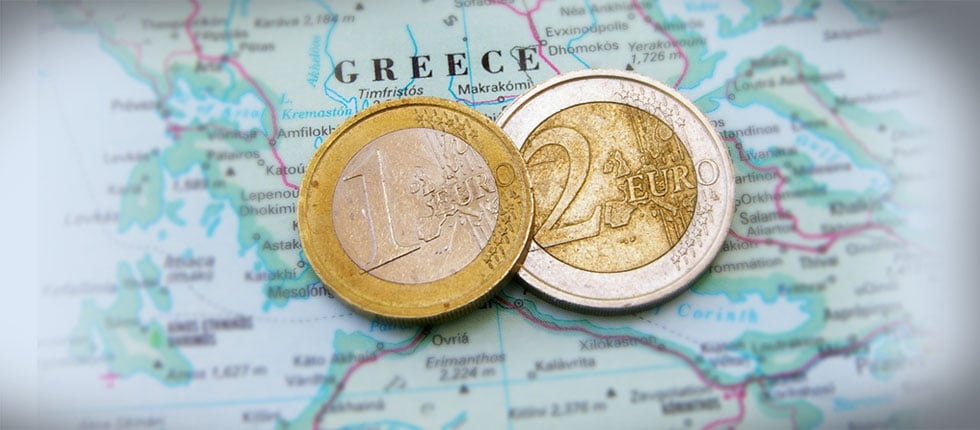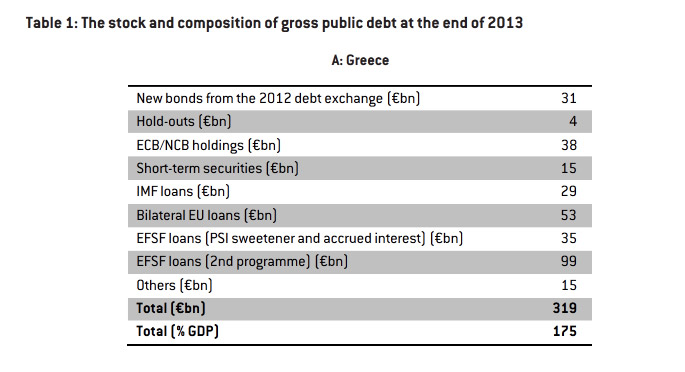
According to official data by the European Union statistical office (EUROSTAT) and the Bank of Greece (BoG), Greece is among the three “weakest” countries in the European Union. The other two countries are Portugal and Ireland. All three countries remain vulnerable and show a negative growth pattern, a negative primary balance of payments and falling interest rates.
One third of the Greek debt is directly linked to the European Financial Stability Fund (EFSF) loans (for the second adjustment program) and are estimated at around 35 billion euros from the total 319-billion-euro debt.

According to International Monetary Fund (IMF) predictions issued in April, a nominal increase in Greece’s GDP is expected from this year until the end of 2019.
From 2020 onwards, the prediction for the whole of Eurozone is an annual increase of 3.1%, especially until 2026. As far as Greece, Ireland and Portugal are concerned, there is no sufficient data to make an accurate prediction, but the IMF predicts that in the year 2018, Greece, Ireland and Portugal will have gradually reached 3.7% of their respective GDP levels.
See all the latest news from Greece and the world at Greekreporter.com. Contact our newsroom to report an update or send your story, photos and videos. Follow GR on Google News and subscribe here to our daily email!



